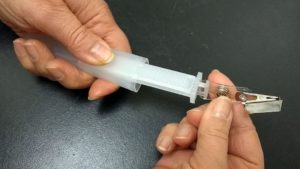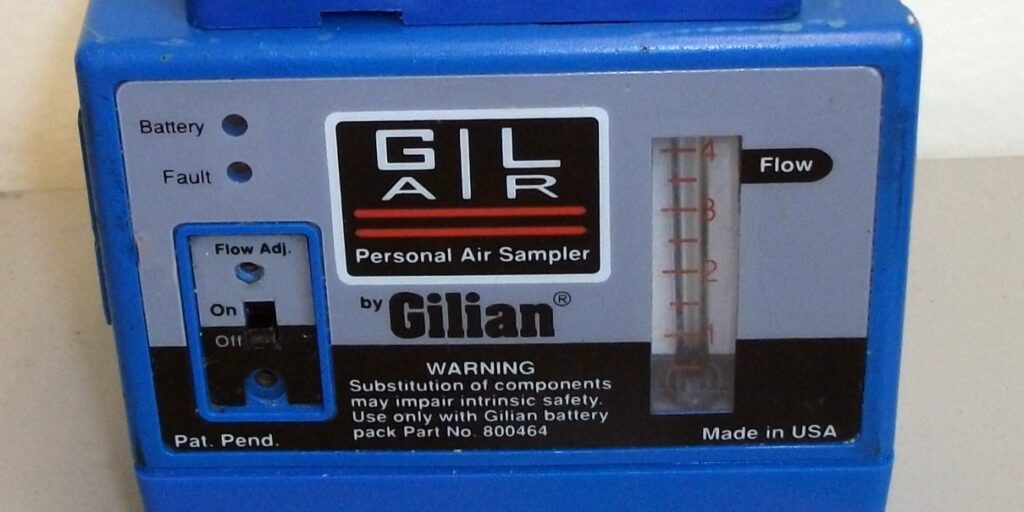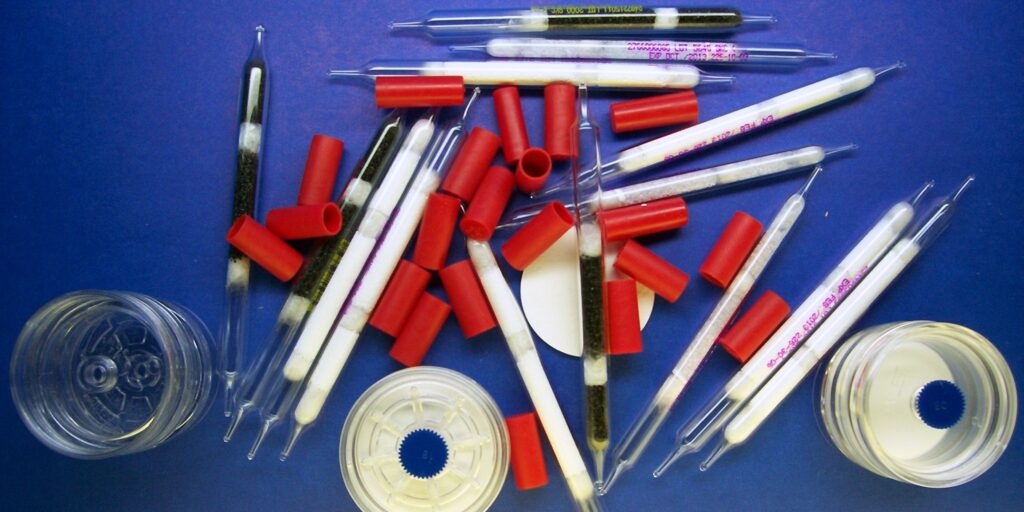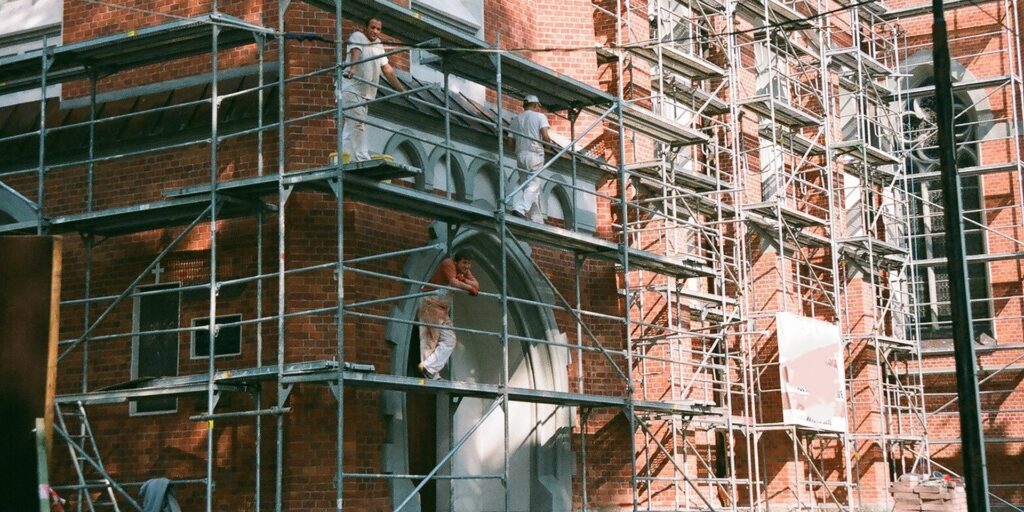Volatile Organic Compounds (VOC) can significantly impact indoor air quality and occupant health. At LCS Laboratory Inc., we provide comprehensive screening for VOC levels in residential air as part of our Indoor Air Quality (IAQ) testing in London, Ontario, or as a DIY test kit.
Why Test for VOCs?
The term “Volatile Organic Compounds” refers to a wide range of carbon-based solvents and their mixtures. While Health Canada (2016) has issued guidelines for specific VOCs such as benzene, toluene, and naphthalene (commonly found in mothballs), hundreds of other VOCs are present in homes and may pose health risks. Identifying and addressing VOC levels is essential for maintaining a safe and comfortable living environment.
Sources of VOCs in Indoor Air
VOCs in residential and office spaces typically originate from four main sources:
- Off-gassing from New Materials: Drywall, carpets, paints, thinners, laminate, furniture, and other construction materials.
- Household Chemicals: Cleaning products, air fresheners, perfumes, inks, and detergents.
- Food and Beverages: Emissions from certain food items and beverages.
- Microbiological Activity: Mold growth and other biological processes.
Understanding VOC Comfort Levels
In cases where the specific VOC composition is unknown, scientists use the concept of “comfort level of Total VOC” This term refers to the concentration of common VOCs that cause no irritation or discomfort to occupants. Although not government-regulated, comfort levels are based on scientific research. A VOC concentration of 0.5 mg/m³ (0.1-0.2 ppm) or lower is widely accepted as a benchmark for clean buildings, as outlined in the LEED 2010 Building Design & Construction Rating System Draft.
Comprehensive IAQ Testing
The impact of VOCs on indoor air quality is closely linked to other factors, such as mould growth and humidity levels. At LCS Laboratory, our extensive IAQ survey examines these interconnected parameters to provide a thorough assessment of your home’s air quality.
Contact Us
Ensure your home is safe and comfortable by addressing VOC concerns today. To learn more about our VOC testing services or to schedule an IAQ survey, please email us at your convenience. For additional details, visit our Indoor Air Quality page: IAQ Testing Services.













